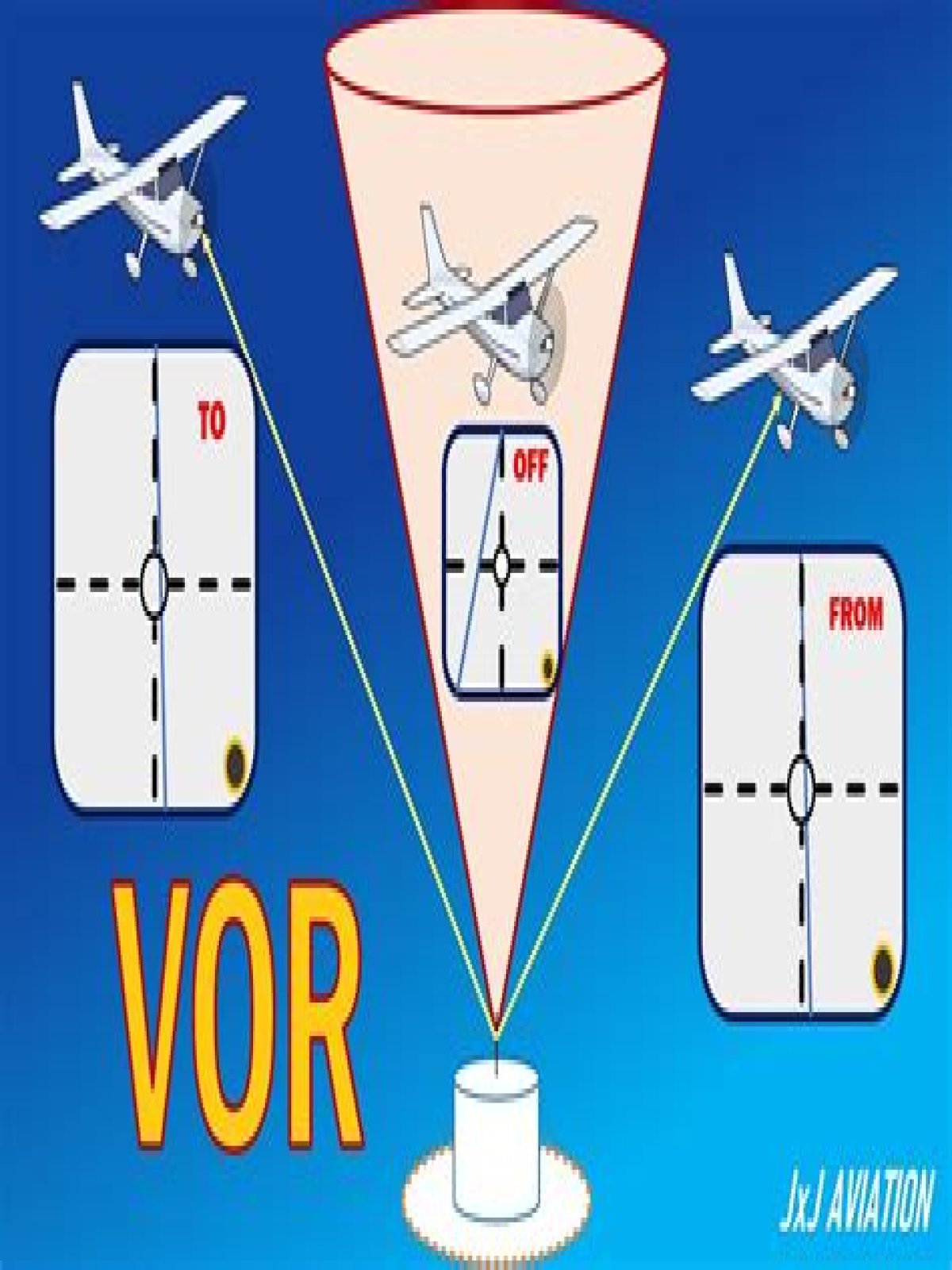Table of Contents
- How does VOR work in aviation?
- What is the use of VOR?
- What is VOR and ILS?
- Do pilots always use ILS?
- WHAT is a VOR? Explained by CAPTAIN JOE
- What is a VOR landing?
- What is ILS in aviation?
- What VOR means?
- What is a VOR indicator?
- What is CDI in aviation?
- What is the range of a VOR signal?
- What does RNAV mean in aviation?
- Do pilots fly by sight?
- What is a cat 3 landing?
- Is RNAV better than ILS?
- What is RNAV approach?
- Is VOR magnetic or true?
- Is VOR still used?
- What is the difference between VOR and GPS navigation?
- Do all airports have VOR?
- What is a VOR instrument?
- Can you fly a VOR approach with GPS?
How does VOR work in aviation?
Very high frequency omni-directional range (VOR) is a type of short-range radio navigation system for aircraft, enabling aircraft with a receiving unit to determine its position and stay on course by receiving radio signals transmitted by a network of fixed ground radio beacons.What is the use of VOR?
The Very High-Frequency (VHF) Omnidirectional Range (VOR) system is used for air navigation. Though older than GPS, VORs have been a reliable and common source of navigation information since the 1960s, and they still serve as a useful navigational aid for many pilots without GPS services.What is VOR and ILS?
VOR (VHF omnidirectional range) and ILS (instrument land- ing system) are aircraft navigation aids based on analog mod- ulation, and are in use worldwide. ILS, in particular, is with- out competition.Do pilots always use ILS?
Even in instrument conditions pilots will often manually fly the ILS approach rather than using autopilot to keep up their skills. ILS is only one out of several approach systems which exist. There are NDB, VOR, surveillance radar, and now GPS approaches which can be used.WHAT is a VOR? Explained by CAPTAIN JOE
What is a VOR landing?
A VOR Approach is a non-precision approach providing lateral guidance only. The Final Approach Course (as published on the relevant approach chart) utilizes a radial from the VOR to provide this lateral guidance.What is ILS in aviation?
Description. The ILS has been the mainstay of landing navigation aids for well over 50 years. The modernized versions used by the FAA provide aircraft with precision vertical and horizontal navigation guidance information during approach and landing.What VOR means?
An air navigational radio aid which uses phase comparison of a ground transmitted signal to determine bearing. This term is derived from the words "very high frequency omnidirectional radio range."What is a VOR indicator?
The VOR IndicatorThe direction of deflection tells the pilot where he is relative to the radial, while the dots on the instrument's face tell the pilot how many degrees he is off his course. Each dot represents a 2-degree deflection from the desired course.
What is CDI in aviation?
A course deviation indicator (CDI) is an avionics instrument used in aircraft navigation to determine an aircraft's lateral position in relation to a course to or from a radio navigation beacon. If the location of the aircraft is to the left of this course, the needle deflects to the right, and vice versa.What is the range of a VOR signal?
The VHF omnidirectional radio range (VOR) is an omnidirectional (360° of azimuth) range station which operates in the very high frequency (VHF) band of the radio spectrum between 108 to 118MHz, sharing the band from 108 to 112MHz with the localizer component of the Instrument Landing Systems (ILS).What does RNAV mean in aviation?
Area navigation (RNAV) is a method of navigation that permits aircraft operation on any desired flight path within the coverage of ground- or space-based navigation aids, or within the limits of the capability of self-contained aids, or a combination of these.Do pilots fly by sight?
Instrument Flight Rules and a Flight PlanCommercial passenger aircraft fly on so-called instrument flight rules or IFR (essentially, meaning that they do not fly by sight, but following instrument readings) and according to filed flight plans.
